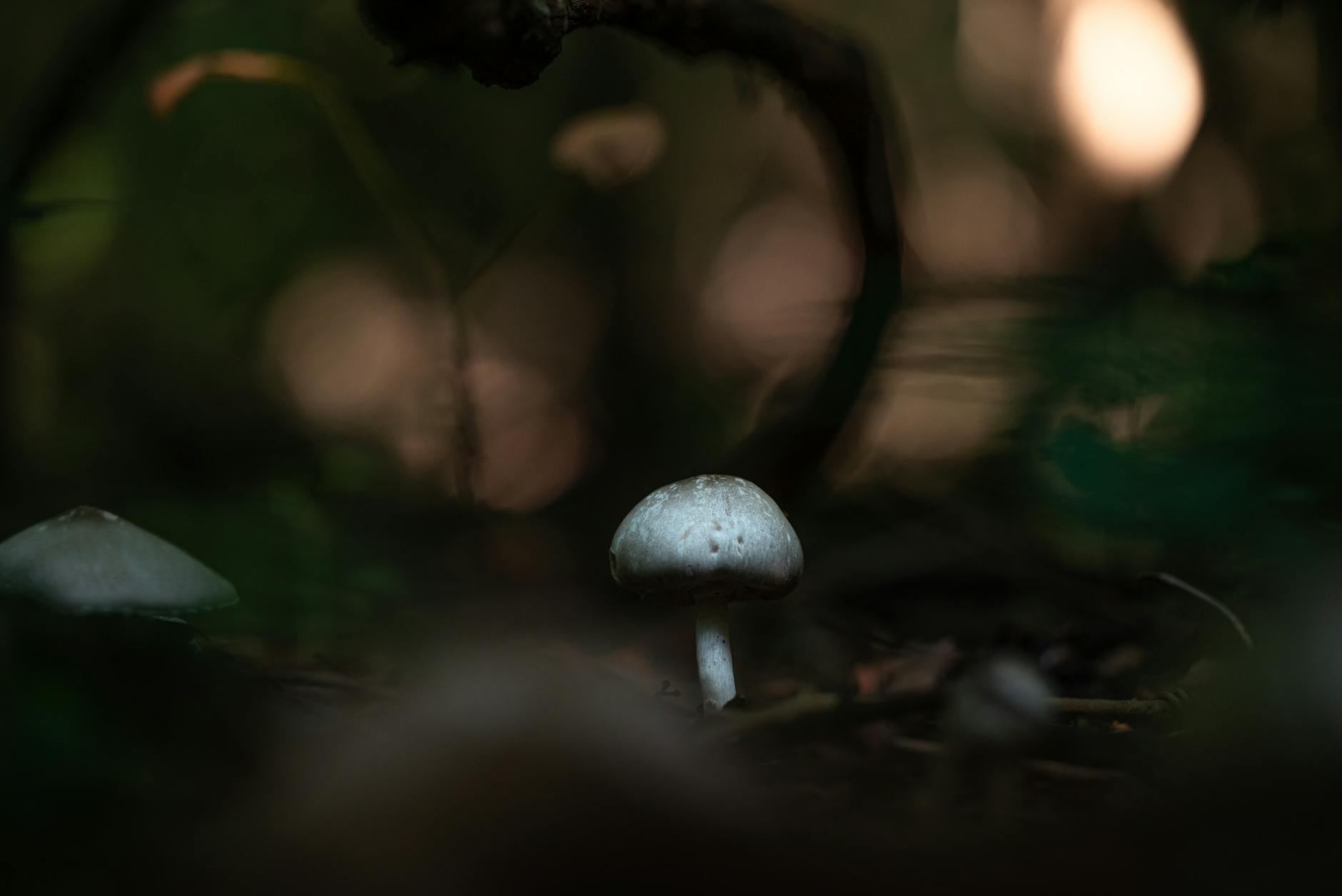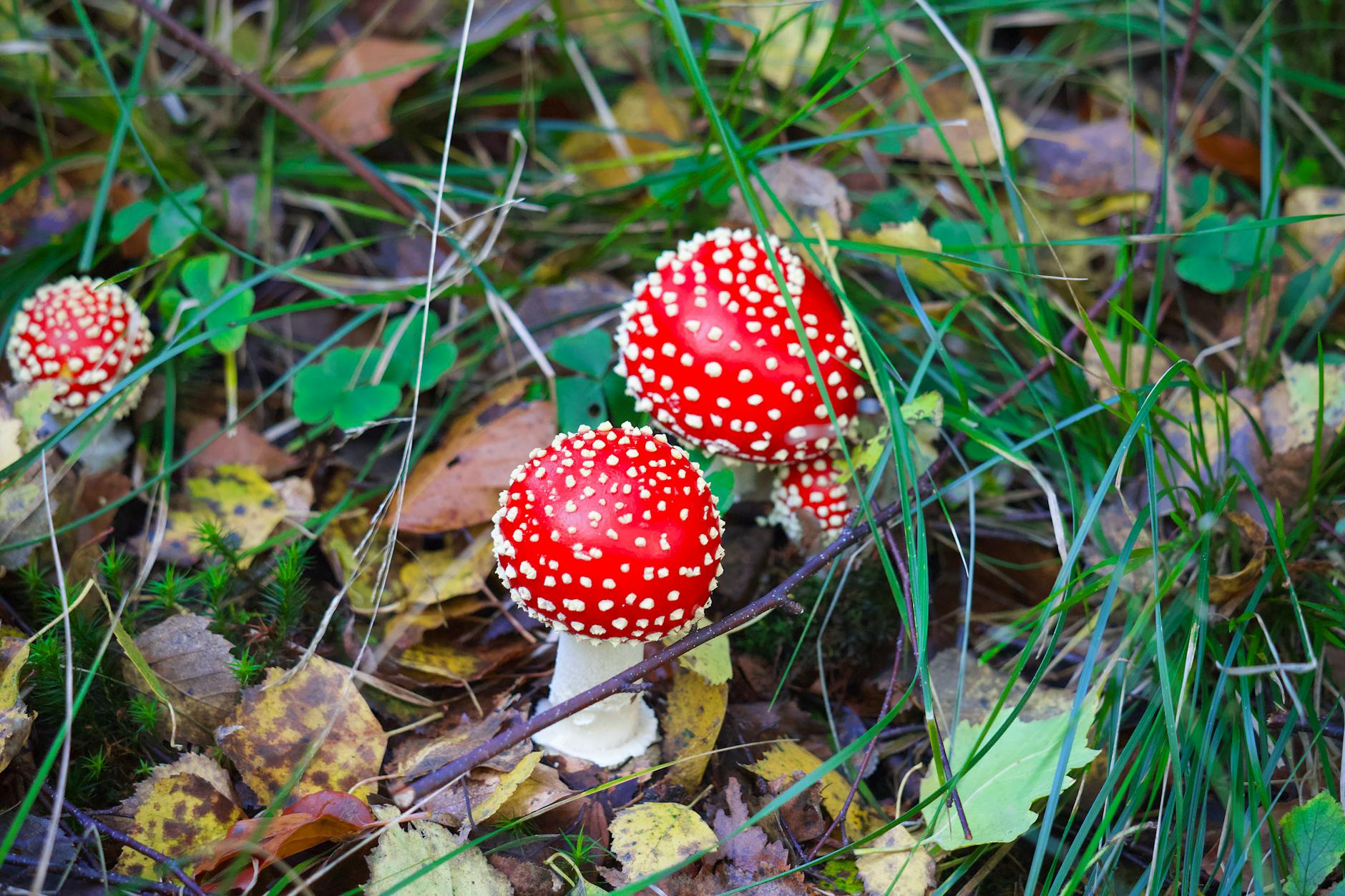Are you an adventurous forager looking to explore the world of mushrooms? While foraging for wild mushrooms can be a rewarding experience, it comes with risks, especially when it comes to identifying poisonous varieties. In this guide, we will provide you with expert tips on foraging for mushrooms safely and avoiding potential disasters.
Understanding Mushroom Toxicity
When it comes to foraging for mushrooms, one of the most critical aspects is understanding the different levels of toxicity that mushrooms can possess. Some mushrooms are perfectly safe to eat and even have beneficial properties, while others can be deadly if ingested. It is essential to familiarize yourself with the toxic mushrooms in your region and learn to identify them correctly.
Know Your Mushrooms
Before embarking on a mushroom-foraging adventure, it is crucial to educate yourself on the common types of mushrooms found in your area. Familiarize yourself with both edible and toxic varieties. Joining a local mycological society or taking a mushroom identification class can be invaluable in expanding your knowledge and skills in mushroom foraging.
Expert Guidance and Safety
For novice mushroom foragers, seeking expert guidance is highly recommended when starting out. Experienced mycologists or seasoned foragers can provide valuable insights into identifying safe mushrooms and avoiding poisonous ones. Additionally, always carry a reliable field guide specific to mushrooms in your region to help you properly identify the mushrooms you encounter.
Perform a Visual Inspection
When foraging for mushrooms, it’s essential to carefully inspect each mushroom you come across. Look closely at the cap, gills, stem, and overall appearance of the mushroom. Pay attention to any unusual colors, textures, or features that may indicate toxicity. Remember, some poisonous mushrooms can closely resemble edible ones, so thorough observation is key.
Conduct a Spore Print
To further aid in mushroom identification, consider conducting a spore print. This simple technique involves placing a mushroom cap, gills down, on a piece of paper or glass overnight. The spores released by the mushroom will leave a distinct pattern, which can help you identify the mushroom species. Spore color can vary significantly and is a crucial characteristic in mushroom identification.
Do Not Rely Solely on Online Resources
While online resources can be helpful in mushroom identification, they should not be your sole reference. Misidentifying a mushroom based on online information can have severe consequences. Always cross-reference your findings with reputable field guides, experts, or local mycological societies to ensure accuracy.
Start Slow and Be Cautious
As you begin your mushroom-foraging journey, start slow and be cautious. It’s best to initially focus on identifying a few easily recognizable and safe mushroom species before venturing into more challenging varieties. Remember, the saying “when in doubt, throw it out.” It’s better to err on the side of caution when it comes to mushroom foraging.
Conclusion
In conclusion, mushroom foraging can be a fascinating and rewarding activity for nature enthusiasts. However, it’s essential to prioritize safety and education when venturing into the world of wild mushrooms. By following expert guidance, familiarizing yourself with mushroom toxicity, and practicing caution and proper identification techniques, you can enjoy the wonders of foraging while minimizing the risks associated with poisonous mushrooms. Happy foraging!


